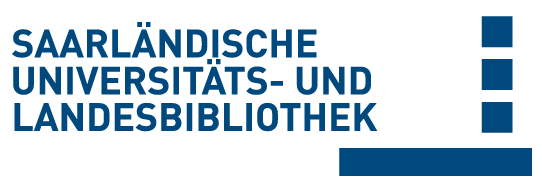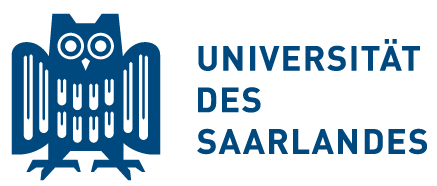Please use this identifier to cite or link to this item:
doi:10.22028/D291-45519 | Title: | Clioquinol inhibits angiogenesis by promoting VEGFR2 degradation and synergizes with AKT inhibition to suppress triple-negative breast cancer vascularization |
| Author(s): | Gu, Yuan Tang, Tianci Qiu, Moqin Wang, Hongmei Ampofo, Emmanuel Menger, Michael D. Laschke, Matthias W. |
| Language: | English |
| Title: | Angiogenesis |
| Volume: | 28 |
| Issue: | 2 |
| Publisher/Platform: | Springer Nature |
| Year of Publication: | 2025 |
| Free key words: | Clioquinol Angiogenesis Endothelial cells AKT inhibitor Triple-negative breast cancer VEGFR2 degradation |
| DDC notations: | 610 Medicine and health |
| Publikation type: | Journal Article |
| Abstract: | Inhibition of angiogenesis, either as monotherapy or in conjunction with other treatments, holds significant promise in cancer treatment. However, the limited efficacy of clinically approved anti-angiogenic agents underscores the urgent need for the development of novel drugs and therapeutic strategies. In this study, we demonstrate the highly selective inhibi tory effects of clioquinol, a topical antifungal and antibiotic agent, on the angiogenic activity of endothelial cells (ECs) in a series of in vitro angiogenesis assays. Moreover, clioquinol effectively suppressed blood vessel formation in ex vivo aortic ring and in vivo Matrigel plug assays. Mechanistic studies revealed that clioquinol directly binds to the ATP-binding site of vascular endothelial growth factor receptor 2 (VEGFR2), promoting its degradation through both proteasome and lysosome pathways. This led to the down-regulation of the downstream extracellular signal-regulated kinase (ERK) path way. In addition, the combination with the AKT inhibitor MK-2206 synergistically boosted the anti-angiogenic efficacy of clioquinol in vitro and in an in vivo dorsal skinfold chamber model of triple-negative breast cancer (TNBC), leading to the suppression of TNBC growth. Accordingly, clioquinol, either alone or in combination with AKT inhibitors, represents a promising therapeutic agent for future anti-angiogenic cancer treatment. |
| DOI of the first publication: | 10.1007/s10456-024-09965-1 |
| URL of the first publication: | https://link.springer.com/article/10.1007/s10456-024-09965-1 |
| Link to this record: | urn:nbn:de:bsz:291--ds-455191 hdl:20.500.11880/40076 http://dx.doi.org/10.22028/D291-45519 |
| ISSN: | 1573-7209 |
| Date of registration: | 4-Jun-2025 |
| Description of the related object: | Supplementary Information |
| Related object: | https://static-content.springer.com/esm/art%3A10.1007%2Fs10456-024-09965-1/MediaObjects/10456_2024_9965_MOESM1_ESM.docx https://static-content.springer.com/esm/art%3A10.1007%2Fs10456-024-09965-1/MediaObjects/10456_2024_9965_MOESM2_ESM.docx |
| Faculty: | M - Medizinische Fakultät |
| Department: | M - Chirurgie |
| Professorship: | M - Prof. Dr. Michael D. Menger |
| Collections: | SciDok - Der Wissenschaftsserver der Universität des Saarlandes |
Files for this record:
| File | Description | Size | Format | |
|---|---|---|---|---|
| s10456-024-09965-1.pdf | 11,89 MB | Adobe PDF | View/Open |
This item is licensed under a Creative Commons License


